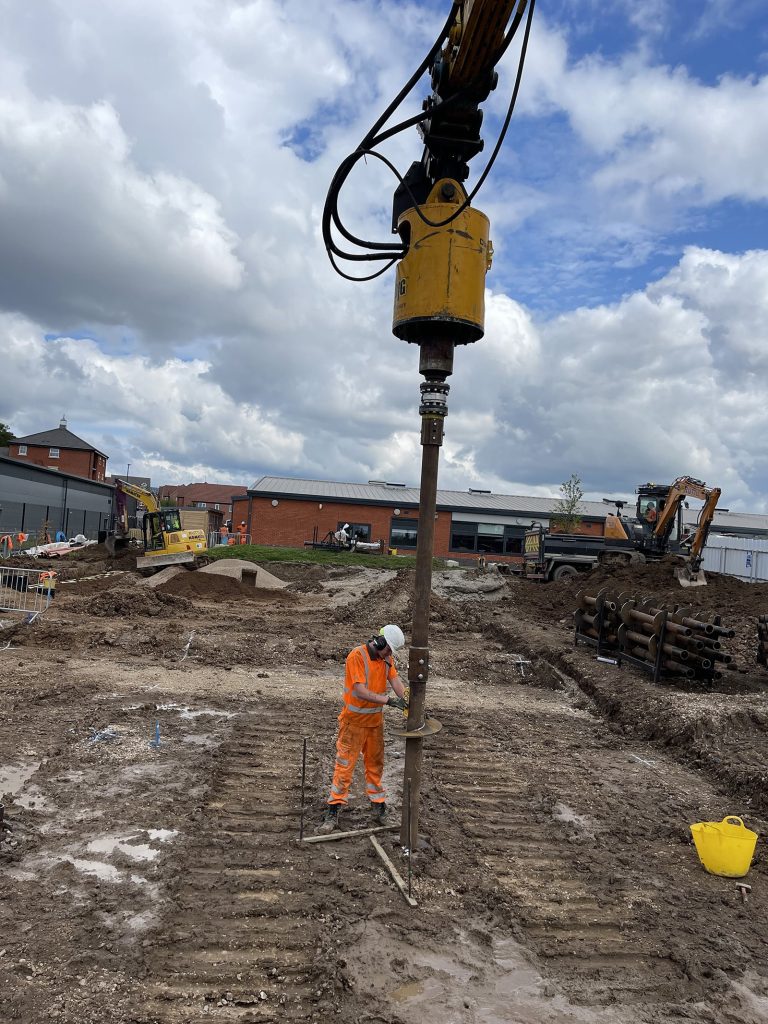Beginning around 1836 screw pile and screw-cylinder elements were used successfully as helical foundations throughout the world to support a variety of large-scale civil engineering structures. Their development and use is largely attributed to engineers from the UK and the USA. The origins and rise of screw pile and screw-cylinder foundations are reviewed from an historical perspective focusing on the period from 1836 to 1900. A summary of the use of screw piles as successful foundations for lighthouses, bridges, and piers as well as their use for other engineering applications is given. A description of the common geometries of screw piles and screw-cylinders during this period is also presented. The information illustrates that helical foundations have been in use for over 170 years throughout the world and can be considered perhaps the single most important development in geotechnical engineering foundation construction of the mid to late nineteenth century.
Screw pile foundations were one of the most globally important engineering advances of the mid to late nineteenth century. They made the construction of lighthouses possible in locations where there would otherwise undoubtedly have been great loss of life and property; they made the construction of bridges possible in locations where they might not have been constructed for another 40 years; they made the construction of ocean-front pleasure piers an industry that would irreversibly change the leisure time of an entire nation. The use of screw piles as a foundation system was so common during this period that it was not considered a uniquely significant engineering accomplishment at the time to document in any great detail their design and construction on specific projects, other than an occasional passing note. This accounts for the relative lack of detailed technical literature related to their use at this time. While the historical engineering record is somewhat sparse, there is a sufficient amount of collective information to provide a good detail of their application during this period.
Screw piles were used on large-scale civil engineering works and so they themselves were large scale. It is relatively common to read accounts of projects in which screw piles with blades ranging from 2.5 to 6 ft in diameter were installed to support a specific structure. This scale of screw pile required large-scale manufacturing and undoubtedly presented some unique challenges in terms of their handling and installation during a period when most civil construction was performed by hand labour with only the simplest of mechanical advantage. While screw piles and screw cylinders had a wide range of applications, by far the largest use was as foundations for the construction of lighthouses, bridges and ocean-front pleasure piers. By comparison, modern screw piles, although generally smaller in scale than their historic counterparts, are currently being used in many of the same design situations; for support of structures for new construction, for underpinning of existing structures, for tension loading of anchored tower structures and as tiebacks for excavations and slope stabilisation.

Screw Pile Base Systems © 2023 / website by Go Agency